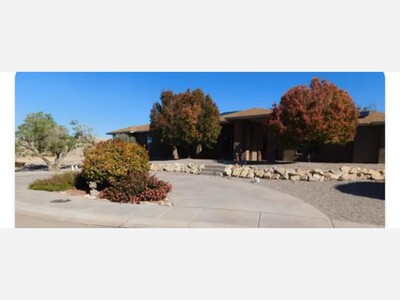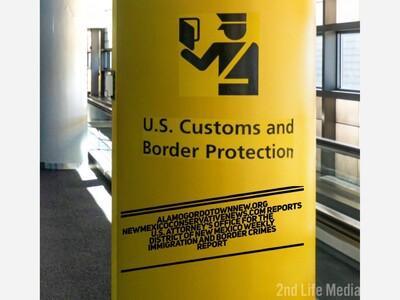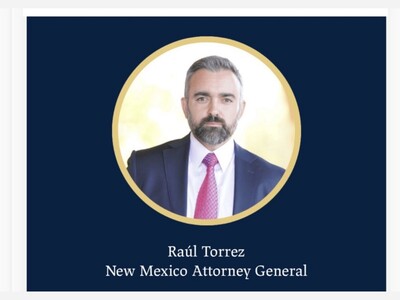Understanding Forgiveness
During the late 1990s, in the aftermath of the fall of Communism, Nelson Mandela’s election in South Africa, and an easing of the conflict in Northern Ireland, the world faced a new era in which former enemies tried to work with each other. Forgiveness took on new significance beyond religion, with which it had often been associated.
The recent Handbook of Forgiveness, 2nd ed. (Routledge) has collected over 30 reviews or meta-analyses of subfields. Researchers have increased their attention to the context of transgressions, their aftermath, the behaviors and communications around transgressions, and the intertwined behaviors of offender and forgiver. Rather than emphasize only the experience of the forgiver, it pays attention to the entire set of experiences surrounding transgressions. That means that, although forgiveness of others is still the dominant research focus, researchers are also studying forgiveness of one’s self, intergroup forgiveness, and feeling as if one is forgiven by God.
Forgiving itself is also seen as more nuanced than it was 15 years ago. Rather than treating forgiveness as a generic process, many researchers are differentiating a decision to forgive from emotional forgiveness. A decision to forgive is primarily a decision to try to act differently toward the offender and, not seeking payback, treating the person as a valuable and valued person. Many people struggle with deciding to forgive, but once the decision is made, it is made—like turning on a light. On the other hand, emotional forgiveness is the (usually) gradual replacement of unforgiving emotions like resentment, bitterness, or anger with positive other-oriented emotions like empathy or compassion for the offender. Emotional forgiveness means that unforgiveness gradually lessens until neutrality is reached. Then, with a valuable relationship, one might continue to generate more positive emotions until a net positive feeling is restored.
One paradox that has been often noted is this. Most people highly value forgiveness. Religions advocate it. Talk-show hosts advise it. Yet, despite all this positive attention, most people struggle to forgive. The good news is that there are two well-established, research-supported programs to promote forgiveness—and there are many others that just have less research support, but the limited support for them is still positive. The two most supported methods are Robert Enright’s Process model and Everett Worthington’s REACH Forgiveness approach.
Enright’s Process model of forgiving suggests that people who are led through a four-phase repeatable process are likely to forgive. In the Uncovering phase, the person seeks to understand the offense and its impact on one’s life. In the Decision phase, the person is taught about forgiveness. He or she decides to commit to forgiving. Forgiveness is explicitly chosen. In the Work phase, people seek to understand the offender and potential reasons why the offender might have acted hurtfully. This helps a person rethink the offense and re-perceive the offender, seeing the person as a fallible human. In the Deepening phase, people seek to find a sense of meaning or purpose in suffering. They might also come to want to engage more with others. Often, they feel less sad, anxious, and suspicious. They sometimes feel more purpose in life. This process of forgiving is not descriptive of natural forgiveness. No experimental data support such a naturally occurring forgiveness process. Rather, the phases occur within a forgiveness intervention that helps people who want to forgive to do so. The process model is more accurately a model of intervention than a descriptive theory of forgiveness as it naturally occurs. It has been shown to help people forgive in many help-giving contexts.
Worthington’s REACH Forgiveness model also is a therapeutic model, not a theory of what naturally occurs. REACH is an acrostic or acronym that cues each of three key steps to forgiving others. (And it can also be used in forgiving oneself.) The model begins by asking people to identify the most difficult thing they ever successfully forgave. It helps people see that there are physical, health, psychological, relational, and spiritual benefits to forgiving but that forgiving is but one alternative for dealing successfully with injustices. Thus, the forgiveness intervention is for people who wish to forgive. No one should ever be forced or coerced to forgive. People are shown that forgiveness involves both a decision to forgive and an emotional transformation.
First people are led through the REACH Forgiveness five steps (see http://www.evworthington-forgiveness.com/reach-forgiveness-of-others).
R = Recall the hurt. To heal, you have to face the fact that you’ve been hurt. Decide not to be snarky (i.e., nasty and hurtful), not to treat yourself like a victim, and not to treat the other person as a jerk.
E = Empathize with your offender. Empathy is putting yourself in the other person’s chair. Pretend that the other person is in an empty chair across from you. Talk to him or her. Pour your heart out. When you have had your say, sit in his or her chair. Talk back to the imaginary you in a way that helps you see why the other person might have wronged you. This builds empathy.
A = Altruistic gift. Forgive as an unselfish, altruistic gift. After all, an offender does not deserve to receive forgiveness. To help you want to give the gift of forgiving, try to remember when you wronged someone and that person forgave you. By forgiving altruistically, you can give that same gift to someone who hurt you.
C = Commit. Once you have forgiven, write a note to yourself—something as simple as, “Today, I forgave [person’s name] for hurting me.” This helps forgiveness last.
H = Hold onto forgiveness. The self-addressed notes of commitment (above) help us because we will almost surely be tempted to doubt that we really forgave. We can re-read our notes. We did forgive.
The person then seriously considers whether he or she can treat the other person as a valued and valuable person—to forgive. Finally, people go through 12 steps intended to help widen the circle of people and events they have forgiven.
REACH Forgiveness has had the same amount of research supporting it as the process model and both have been found to be equally effective per hour of intervention. It has been effective when used in small groups or do-it-yourself workbooks.
Find these and other free resources on forgiveness visit
http://www.evworthington-forgiveness.com/diy-workbooks
More News from Alamogordo
- A Deeper Christmas Reflection: Community Commitment and the True Spirit of the Season Merry Christmas from 2nd Life Media Alamogordo Town News – December 25, 2025
- Thrive in Southern New Mexico Faces Difficult Chapter, Remains Committed to Community Stephanie Hale, was arrested yesterday on multiple felony charges














